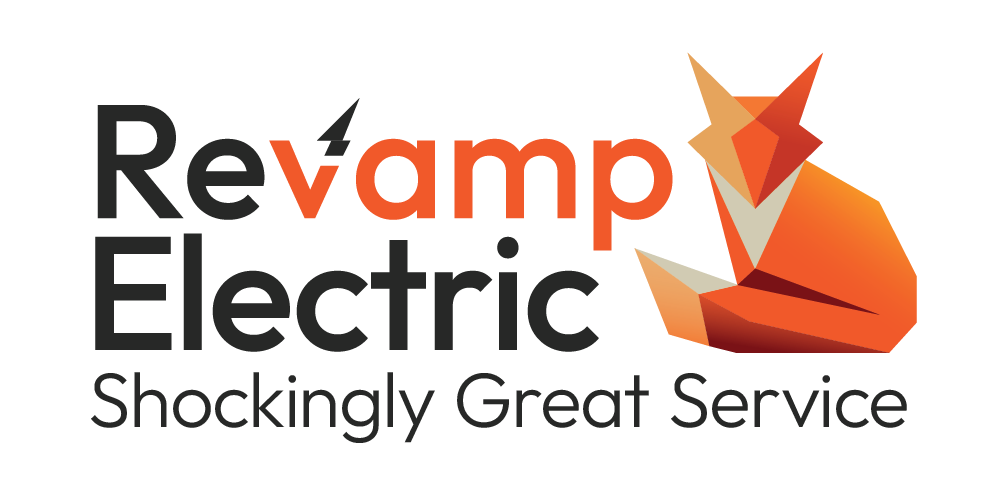Lighting plays a crucial role in the functionality, aesthetics, and energy efficiency of any building. Whether in commercial, industrial, or residential settings, upgrading lighting systems can lead to significant improvements in energy savings, employee productivity, and overall ambiance. With the help of the U.S. Environmental Protection Agency, this article examines several case studies of successful lighting upgrade projects across various sectors, highlighting the transformative impact of these upgrades.
Commercial Office Building: Enhancing Productivity and Reducing Costs
Location: New York City, NY
Building Type: 20-story commercial office building
Objective: Improve lighting quality and reduce energy consumption
Background:
A 20-story commercial office building in New York City was facing high energy costs and poor lighting conditions that were affecting tenant satisfaction. The building management decided to upgrade the existing fluorescent lighting system with modern LED fixtures to address these issues.
Solution:
The project involved replacing over 3,000 fluorescent fixtures with energy-efficient LED lights. The new LED system was designed to provide better illumination with a focus on reducing glare and improving light distribution. Additionally, occupancy sensors and daylight harvesting controls were integrated into the lighting system to further enhance energy efficiency.
Impact:
- Energy Savings: The upgrade resulted in a 50% reduction in energy consumption, translating to annual savings of approximately $150,000 on electricity costs.
- Improved Productivity: Tenants reported a noticeable improvement in lighting quality, which led to better working conditions. The reduction in glare and improved color rendering enhanced employee comfort and productivity.
- ROI: The project had a payback period of just under two years, making it a financially sound investment.
Conclusion:
This case study demonstrates how a lighting upgrade in a commercial office building can significantly reduce energy costs while also improving the working environment for tenants. The combination of LED technology and smart controls proved to be both cost-effective and beneficial in terms of occupant satisfaction.
Retail Store Chain: Boosting Sales with Better Lighting
Location: Nationwide, USA
Business Type: Retail store chain
Objective: Enhance store aesthetics and increase sales
Background:
A national retail chain sought to revamp its store lighting to create a more inviting shopping experience and drive sales. The existing lighting was outdated, resulting in dull, unappealing displays that failed to attract customers’ attention.
Solution:
The retail chain partnered with a lighting design firm to implement a comprehensive lighting upgrade across 100 stores. The project involved installing LED track lighting to highlight products and create focal points within the stores. Color temperature adjustments were made to create a warm, welcoming ambiance, while accent lighting was used to enhance product displays.
Impact:
- Sales Increase: Following the lighting upgrade, the retail chain reported an average sales increase of 12% across the upgraded stores. The improved visibility and attractiveness of products played a key role in this boost.
- Customer Experience: Shoppers responded positively to the new lighting, noting that the stores felt more modern and comfortable. The enhanced lighting design helped to guide customers through the stores and draw attention to promotional items.
- Sustainability: The switch to LED lighting also reduced the store’s energy consumption by 35%, contributing to the company’s sustainability goals.
Conclusion:
This case study highlights the power of strategic lighting upgrades in the retail sector. By focusing on the customer experience and product presentation, the retail chain successfully increased sales while also reducing operational costs.
Industrial Facility: Improving Safety and Efficiency
Location: Detroit, MI
Building Type: Automotive manufacturing plant
Objective: Improve workplace safety and reduce maintenance costs
Background:
An automotive manufacturing plant in Detroit faced challenges with its outdated lighting system, which contributed to frequent accidents and high maintenance costs. The plant’s lighting was insufficient in key areas, leading to poor visibility on the production floor.
Solution:
The facility management team decided to upgrade the lighting system with high-efficiency LED fixtures. The new lighting design focused on providing uniform illumination across the production floor, with additional task lighting in critical areas. Motion sensors were installed to ensure that lights were only on when needed, reducing energy waste.
Impact:
- Safety Improvements: The enhanced lighting significantly improved visibility, leading to a 30% reduction in workplace accidents. The uniform light distribution eliminated shadows and dark spots, reducing the risk of errors and injuries.
- Energy Efficiency: The LED upgrade reduced the plant’s energy consumption by 40%, resulting in annual savings of $75,000. The long lifespan of LEDs also decreased the frequency of maintenance, cutting down on operational disruptions.
- Employee Satisfaction: Workers reported feeling safer and more confident in their tasks, leading to a boost in morale and productivity.
Conclusion:
This case study demonstrates the critical role that proper lighting plays in industrial settings. The upgrade not only enhanced safety and efficiency but also contributed to a more positive work environment.
Educational Institution: Enhancing Learning Environments
Location: Chicago, IL
Building Type: University campus
Objective: Create a better learning environment and reduce energy usage
Background:
A university in Chicago sought to improve the lighting in its classrooms and common areas to create a more conducive learning environment. The existing fluorescent lighting was harsh and inconsistent, leading to complaints from students and faculty.
Solution:
The university implemented a campus-wide lighting upgrade, replacing old fluorescent fixtures with tunable LED lights. These LEDs allowed for adjustable color temperatures, which could be adapted based on the time of day and the specific needs of different spaces. For example, cooler light was used in study areas to promote concentration, while warmer light was used in lounges to create a relaxing atmosphere.
Impact:
- Improved Learning Outcomes: Faculty reported that students were more engaged and less fatigued during classes, attributing this to the improved lighting. The ability to adjust lighting conditions helped create optimal learning environments.
- Energy Efficiency: The upgrade led to a 45% reduction in the university’s lighting-related energy costs, aligning with the institution’s sustainability initiatives.
- Positive Feedback: Both students and faculty expressed satisfaction with the new lighting, noting that it contributed to a more pleasant and effective learning environment.
Conclusion:
This case study illustrates the importance of lighting in educational settings. The university’s investment in modern, adaptable lighting not only enhanced the learning experience but also supported its sustainability goals.
Final Thoughts
These case studies demonstrate the profound impact that lighting upgrades can have across various sectors. Whether in a commercial office, retail store, industrial facility, or educational institution, investing in modern lighting solutions can lead to significant improvements in energy efficiency, safety, productivity, and customer satisfaction. The benefits of these upgrades extend beyond cost savings, contributing to the overall success and sustainability of the organizations that implement them.



